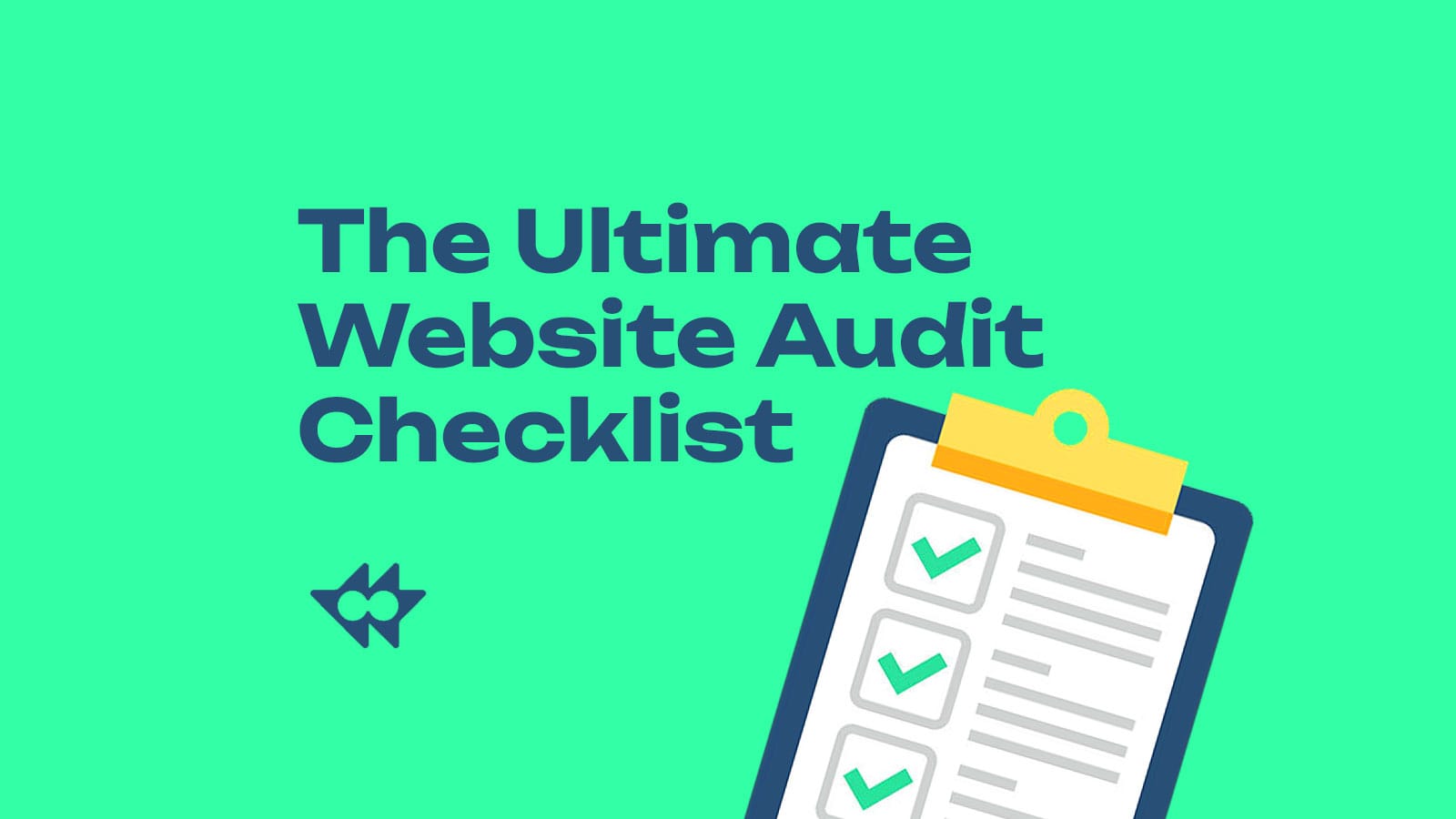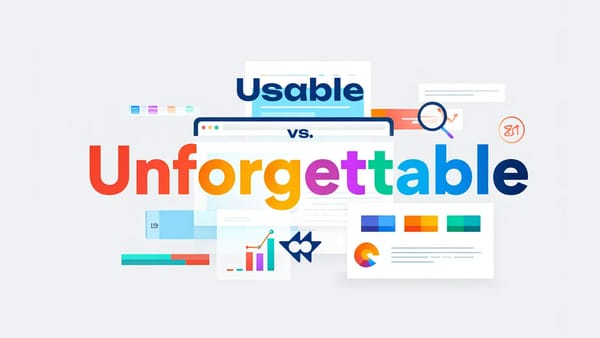The Complete Guide to Conducting Website Audits

In the ever-evolving digital landscape, a website serves as the cornerstone of a business’s online presence. It’s often the first interaction potential customers have with a brand, making its performance critical to success. However, even the most meticulously designed websites can develop issues over time: broken links, outdated content, slow load times, and more. These problems can hinder user experience, damage search engine rankings, and ultimately impact the bottom line.
This is where a website audit becomes indispensable. A website audit is a comprehensive evaluation of a website’s health, encompassing technical aspects, SEO, content quality, user experience, performance, and security. By systematically identifying and addressing these issues, businesses can ensure their websites are optimized for both users and search engines.
For web agencies and digital marketing experts, conducting regular site audits is not just a best practice. It’s a strategic advantage. It allows you to deliver measurable improvements for your clients, showcase your expertise, and build long-term partnerships based on trust and results.
This guide provides an in-depth, step-by-step approach to conducting a web audit like a pro. We’ll cover everything from technical checks to content analysis, incorporating industry best practices and the latest trends. Whether you’re refining your audit process or seeking a comprehensive checklist to elevate your services, this resource is designed to deliver exceptional value.
What is a Website Audit?
A website audit is a systematic examination of a website’s various components to assess its overall health and performance. It involves analyzing technical elements, SEO factors, content quality, user experience, performance metrics, and security measures. The goal is to identify issues that may prevent the website from achieving its objectives, whether that’s generating leads, driving sales, or providing information.
Think of a website audit as a health checkup for your site. Just as a doctor examines different aspects of your health, a site audit evaluates multiple facets of your website to ensure everything functions optimally. Regular audits allow you to catch and fix problems before they escalate, keeping your website a valuable asset for your business.
Why Conduct a Website Audit?
Conducting a website audit offers numerous benefits, especially for experts aiming to deliver top-tier results:
- Improved Search Engine Rankings: Identifying and resolving SEO issues boosts your site’s visibility, driving more organic traffic.
- Enhanced User Experience: A well-audited site is easier to navigate, loads faster, and provides a seamless experience, increasing engagement and conversions.
- Increased Security: Regular audits pinpoint vulnerabilities and ensure security measures are current, safeguarding your site and user data.
- Better Performance: Optimizing load times and server responses creates a smoother, more efficient website.
- Content Optimization: Auditing content ensures it’s relevant, engaging, and aligned with your audience’s needs, improving retention and conversion rates.
- Competitive Advantage: Staying proactive with your website’s health helps you outperform competitors who neglect their sites.
For web agencies, offering website audits as a service can attract and retain clients by demonstrating your commitment to delivering actionable insights and measurable improvements.
Key Components of a Website Audit
A comprehensive website audit covers six critical areas:
- Technical Audit
- SEO Audit
- Content Audit
- User Experience (UX) Audit
- Performance Audit
- Security Audit
Below, we’ll explore each component in detail, providing expert-level checklists and insights to guide your process.
1. Technical Audit
The technical audit is the foundation of any web audit. It focuses on the backend elements that ensure the site is built correctly and functions as intended. Here’s what to check:
- Website Architecture:
- Ensure a logical hierarchy and categorization of pages.
- Verify a clear, consistent URL structure (e.g., domain.com/category/page).
- Use canonical tags to prevent duplicate content issues.
- Check for broken links and ensure proper redirects for moved or deleted pages.
- Mobile-Friendliness:
- Confirm responsive design adapts to all screen sizes.
- Test touch-friendly elements and readable fonts.
- Assess load times on mobile devices using Google’s Mobile-Friendly Test.
- Site Speed:
- Identify slow-loading pages with tools like Google PageSpeed Insights or GTmetrix.
- Optimize images, scripts, and resources (e.g., lazy loading, compression).
- Implement caching and minification techniques.
- SSL Certificate:
- Ensure the site uses HTTPS.
- Verify the SSL certificate is valid and properly configured.
- Check for mixed content issues (HTTP resources on HTTPS pages).
- Robots.txt and Sitemap:
- Confirm the robots.txt file allows or disallows crawling appropriately.
- Submit an up-to-date XML sitemap to search engines.
- Structured Data:
- Implement schema markup for key elements (e.g., products, reviews).
- Validate using Google’s Structured Data Testing Tool.
Tools to Use: Screaming Frog, Ahrefs, SEMrush, or website analysis tools like Web Gremlin for AI-driven insights.
2. SEO Audit
SEO drives organic traffic, making an SEO analysis a critical part of any audit. Here’s what to evaluate:
- Keyword Optimization:
- Ensure each page targets specific, relevant keywords.
- Integrate keywords naturally into content, titles, and meta descriptions.
- Avoid keyword stuffing or over-optimization.
- Meta Tags:
- Use unique, descriptive title tags (under 60 characters).
- Craft compelling meta descriptions (under 160 characters) with target keywords.
- Structure content with proper header tags (H1, H2, etc.).
- Image Optimization:
- Add descriptive alt text to all images.
- Compress images for faster loading.
- Use keyword-rich file names where appropriate.
- Internal and External Links:
- Maintain a healthy balance of internal links to guide users and distribute link equity.
- Link to high-quality, authoritative external sources.
- Fix broken links and avoid excessive outbound links.
- Backlink Profile:
- Analyze backlink quantity and quality with tools like Ahrefs or Moz.
- Identify and disavow toxic or spammy links.
- Seek opportunities to earn high-quality backlinks.
- Local SEO (if applicable):
- Optimize Google My Business listings.
- Ensure NAP (Name, Address, Phone) consistency across the web.
- Target local keywords in content and meta tags.
Tools to Use: Moz, Ahrefs, SEMrush, or a web site analyser like Web Gremlin.
3. Content Audit
Content is the heart of user engagement. A content audit ensures it’s high-quality, relevant, and optimized. Here’s what to assess:
- Content Quality:
- Check for spelling, grammar, and factual accuracy.
- Ensure content aligns with the target audience’s needs.
- Content Relevance:
- Verify content supports site goals and user intent.
- Align topics with keyword strategy and search demand.
- Content Freshness:
- Identify outdated pages (e.g., old stats, obsolete info).
- Update or repurpose valuable content; remove or redirect irrelevant pages.
- Content Duplication:
- Detect duplicate content within the site or across the web.
- Use canonical tags to indicate original content.
- Content Engagement:
- Analyze metrics like time on page, bounce rate, and social shares.
- Assess conversion rates for goal-oriented pages.
Tools to Use: ContentKing, Screaming Frog, Google Analytics.
4. User Experience (UX) Audit
A stellar user experience keeps visitors engaged and drives conversions. Key areas to evaluate:
- Navigation:
- Ensure a clear, intuitive menu structure.
- Use descriptive labels and breadcrumbs for deeper pages.
- Add a search function for larger sites.
- Page Layout:
- Maintain a clean, uncluttered design with ample white space.
- Establish a clear visual hierarchy with headings and bullet points.
- Ensure consistent branding across the site.
- Call-to-Actions (CTAs):
- Make CTAs prominent and visually distinct.
- Use clear, action-oriented messaging.
- Place CTAs strategically on pages.
- Forms:
- Test functionality and ease of use.
- Include clear labels, instructions, and validation messages.
- Secure sensitive data.
- Accessibility:
- Follow WCAG guidelines (e.g., alt text, keyboard navigation).
- Ensure sufficient color contrast and readable fonts.
Tools to Use: Hotjar, Crazy Egg, or website analysis tools like Web Gremlin.
5. Performance Audit
Performance impacts both user experience and SEO. Focus on:
- Page Load Times:
- Target load times under 3 seconds.
- Use Google PageSpeed Insights to pinpoint bottlenecks.
- Server Response Times:
- Ensure quick server responses; upgrade hosting if needed.
- Image Optimization:
- Compress images and use formats like WebP.
- Caching:
- Implement browser and server-side caching.
- Minification:
- Minify CSS, JavaScript, and HTML files.
- Content Delivery Network (CDN):
- Use a CDN to reduce latency.
Tools to Use: GTmetrix, WebPageTest, Pingdom.
6. Security Audit
Security protects user data and maintains trust. Key checks include:
- SSL Certificate:
- Verify HTTPS and proper configuration.
- Eliminate mixed content issues.
- Vulnerabilities:
- Scan for SQL injection, XSS, etc., using Sucuri or Nessus.
- Updates:
- Keep software, plugins, and themes current.
- Backups:
- Ensure regular backups and test restores.
- User Authentication:
- Enforce strong passwords and consider two-factor authentication.
Tools to Use: Sucuri, Nessus, WPScan (for WordPress).
How to Conduct a Website Audit Step-by-Step
- Define Goals and Scope: Clarify objectives (e.g., SEO improvement, UX enhancement) and scope.
- Gather Data: Combine manual checks with website analysis tools for comprehensive data.
- Analyze Findings: Identify issues and opportunities; look for patterns.
- Prioritize Issues: Focus on high-impact, low-effort fixes first.
- Create an Action Plan: Assign tasks and deadlines for each issue.
- Implement Changes: Execute the plan with precision.
- Monitor and Measure: Track performance post-implementation.
- Repeat Regularly: Audit annually or as needed.
Tools for Website Audits
Leverage these website analysis tools to streamline your process:
- Google Analytics: Tracks traffic and user behavior.
- SEMrush: Robust SEO auditing and keyword research.
- Web Gremlin: AI-powered, evaluates SEO, UX, and performance.
- Screaming Frog: Crawls sites for technical SEO issues.
- Hotjar: Heatmaps and session recordings for UX.
- GTmetrix: Detailed performance analysis.
These tools enhance efficiency but rely on your expertise for interpretation.
Prioritizing and Implementing Audit Findings
- Impact vs. Effort: Start with high-impact, low-effort fixes.
- Critical Issues First: Address security and major technical flaws immediately.
- SEO and UX: Tackle next for user and search benefits.
- Content Updates: Prioritize based on traffic and conversion potential.
- Performance Tweaks: Phase in, starting with major bottlenecks.
- Document Everything: Record findings and actions for reporting.
A website audit is a vital skill for web agencies and digital experts. By mastering technical, SEO, content, UX, performance, and security audits, you can transform websites into high-performing assets. This guide equips you with a detailed checklist and process to deliver exceptional results.





